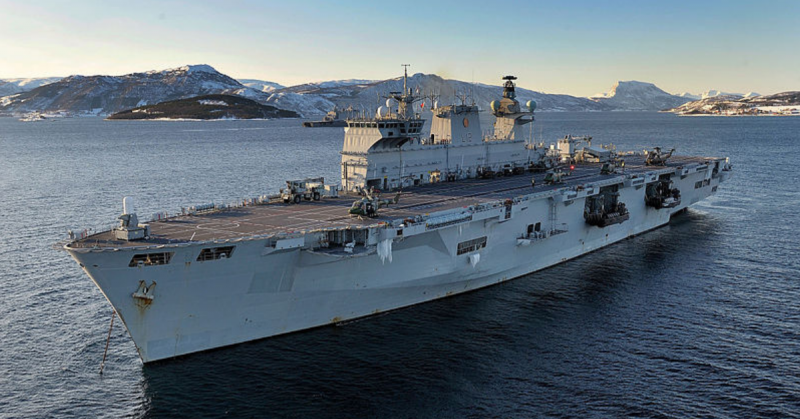Aircraft carriers and associated technology have advanced considerably since their humble origins in the First World War. In 1910, pilot Eugene Burton Ely was the first man to take off in a plane from the deck of a ship.
Soon enough, other nations began experimenting with the idea. Even before hostilities sparked the Second World War into existence, it became obvious that a conflict was on the horizon. As such, many countries strived to develop new military technology which would grant them a decisive advantage and, ultimately, victory.
A few of the more successful options included self-loading pistols, tanks, and submarines, all of which were the children of the early arms-race.
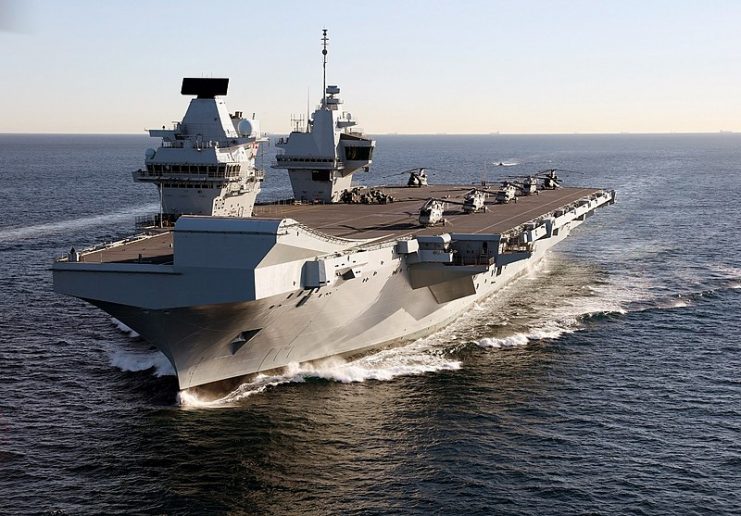
Nothing else, however, would change the face of warfare more than the innovations in aerial combat. Here is where zeppelins, warplanes, and other such aircraft were dreamed up, constructed, and deployed. The corollary to these inventions is that they would each require new ways of being transported and launched.
1918 saw the arrival of the first flattop ship, and with it came the capacity to both launch and land naval aircraft. The ship was called the HMS Argus. Despite the considerable tactical advantages offered by these new flattop ships, the Washington Naval Treaty placed restrictions on the construction and development of new combat ships.
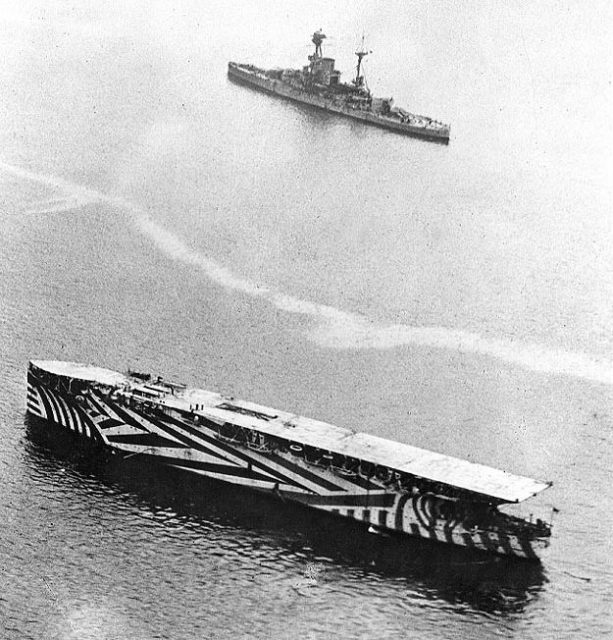
Since fewer aircraft carriers could be built, the navies of many countries reworked and refurbished existing ships and quickly retooled them to meet the advanced purposes. Retrofitted sea craft, including everything from cargo ships to battlecruisers, quickly became aircraft carriers in naval forces around the world.
The Second World War brought new challenges. Now airplanes and aerial combats were front and center. Planes engaged in pitched battles over long distances, fighting each other in the skies over Britain and Malta and many other places.
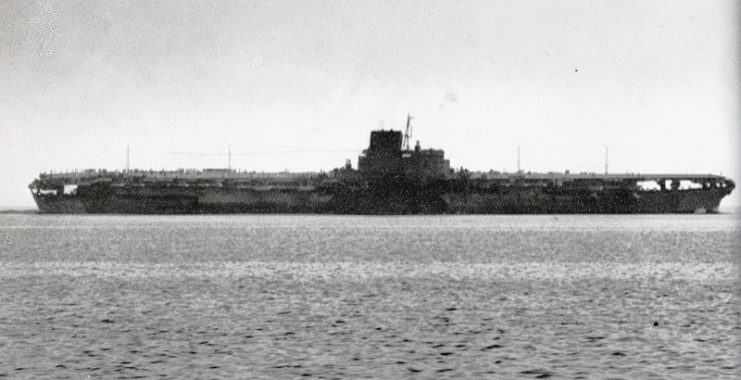
The Japanese demonstrated the devastating power and efficiency of these machines on December 7, 1941, by launching an assault on the United States. They attacked Pearl Harbor with well over 400 aircraft, reinforced by naval vessels.
Although there were several submarines and battleships, it was the number of aircraft carriers arrayed against the Americans that concentrated the Japanese assault with such deadly effectiveness. If there was any lingering uncertainty regarding the necessity of the aircraft carrier, the attack on Pearl Harbor effectively quashed it.
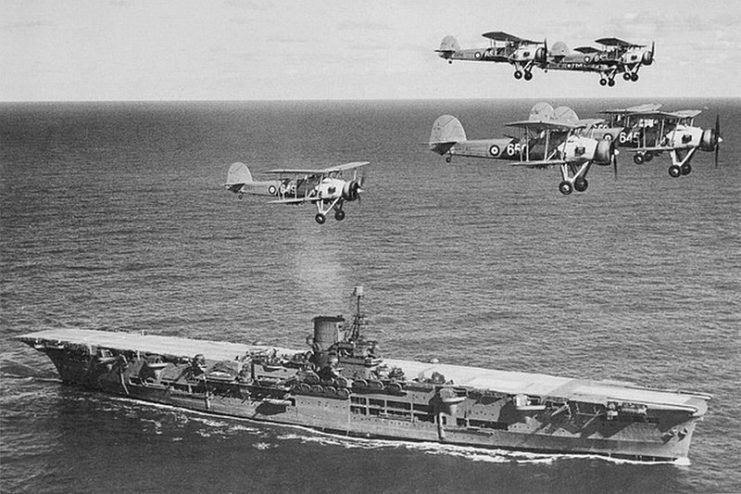
In the decades since, aircraft carrier technology has only gotten bigger and more advanced. Now, a full thirty-seven of these ships are active, spread out over twelve navies.
https://www.youtube.com/watch?v=fXnYfgdkkkQ
The dimensions of the average modern aircraft carrier are immense: 1068 feet (over 325 meters) long and 257 feet (about 78 meters) wide with a displacement of 97 thousand long tons. It is 244 feet (74 meters) from the keel to the mast, which is approximately the same as a twenty-four story building.
The anchor weighs 66,140 pounds. The ship requires a complement of between 5,500 and 6,200 crew member for proper operation, and therefore the ship itself takes on the facilities and dimensions of a floating city.
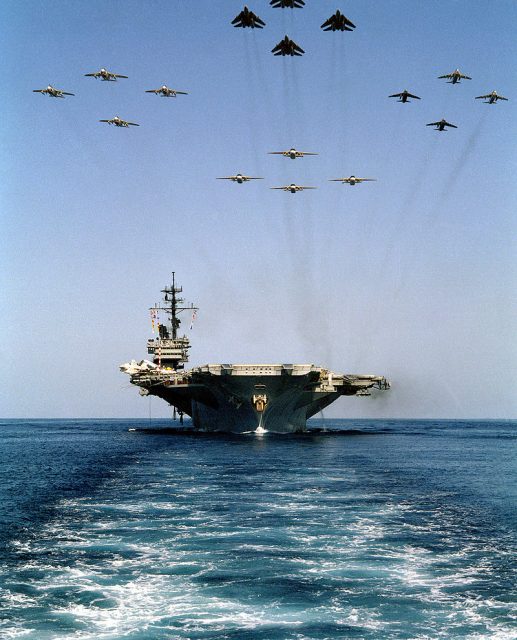
Over time, both tactically and strategically, the aircraft carrier effectively usurped the battleship, which had been the traditional flagship of a fleet.
One of the principal advantages of an aircraft carrier is that, because it sails primarily in international waters, it does not interfere with nor cause any threat to territorial sovereignty. Consequently, it does not require overflight authorizations from third-party countries.
https://www.youtube.com/watch?v=1FCo8QlK54Y
Read another story from us: “Grey Ghost” – The USS Hornet Aircraft Carrier
It also reduces the transit distances of aircraft, as well as the time it takes the aircraft to reach their destination. This not only provides a greater availability of planes in the combat zone, but allows aircraft to remain in a battle for longer.
